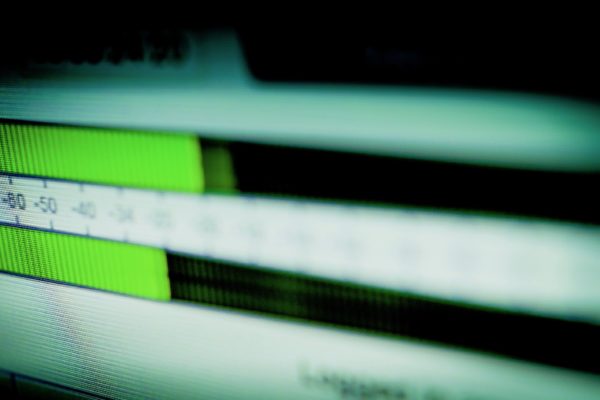
As a voice over talent, choosing a microphone is one of the most important career decisions you will ever have to make. After all, you should consider your microphone to be an extension of your voice, personality, character and sound. Many voiceover artists breaking into the industry, as well as those with years of experience call ProComm Studio Services for advice on what equipment to buy for their home studios. When it comes to microphones we prefer the Neumann TLM103.
Neumann microphones are used in recording studios throughout the world for their superior sound and versatility. The Neumann U87 has been an industry standard in the voice over field for many years and more recently, the TLM103 has risen to prominence. This article will discuss both of these microphones and explain why the TLM103 is our microphone of choice for voiceover work.
 The U87 and the TLM103 are both great sounding microphones but we recommend the TLM103 for several reasons. First, the TLM103 has virtually undetectable self-noise. At the time it was first released the TLM103 had the lowest self-noise available of any large diaphragm condenser microphone. Second the TLM103 is capable of handling high sound pressure levels. This allows the voice talent to get up close and personal with the microphone at one moment, than stand back and shout out that great car deal or promote an upcoming drag race the next. Thanks to its ability to handle an SPL of 138db the microphone can do all of this with a low risk of distortion. The TLM103 has a high frequency rise that begins just a bit lower in the frequency range than the rise in the U87. This rise, beginning just above 4000 Hz, gives the voice just a little extra edge by comparison to the U87’s rise (which begins at 5000 Hz), allowing the voice to cut through the clutter more easily and before any equalization is applied.
The U87 and the TLM103 are both great sounding microphones but we recommend the TLM103 for several reasons. First, the TLM103 has virtually undetectable self-noise. At the time it was first released the TLM103 had the lowest self-noise available of any large diaphragm condenser microphone. Second the TLM103 is capable of handling high sound pressure levels. This allows the voice talent to get up close and personal with the microphone at one moment, than stand back and shout out that great car deal or promote an upcoming drag race the next. Thanks to its ability to handle an SPL of 138db the microphone can do all of this with a low risk of distortion. The TLM103 has a high frequency rise that begins just a bit lower in the frequency range than the rise in the U87. This rise, beginning just above 4000 Hz, gives the voice just a little extra edge by comparison to the U87’s rise (which begins at 5000 Hz), allowing the voice to cut through the clutter more easily and before any equalization is applied.
The U87 offers more choices including 3 different polar patterns (Omni-directional, cardioid, and figure8), a -10db attenuation switch, as well as a bass roll off switch. While the multiple polar patterns are useful in the music industry, rarely are they needed for voice overs. In the past, recording sessions involving multiple voice talents (where the figure 8 and Omni-directional patterns may have been necessary) would have been done in one room with everyone standing around one microphone. Today most sessions involving multiple voice talents are held with each individual in their own room, often in locations across the country or even around the world. This eliminates the need for multiple polar patterns.
The attenuation switch on the U87, when engaged, does (in my opinion) alter the sound of the microphone somewhat. Furthermore the TLM103’s ability to handle a higher sound pressure level (138db vs. 127db on the U87 with the pad engaged) negates the usefulness of the pad when comparing the two microphones. The bass roll off switch can be a useful feature, but is rarely an absolute necessity.
The capsule in the TLM103 is based on the design of the capsule in the U87 so they are similar in overall sound quality and performance. However, with the reduced (yet unnecessary for voiceover) feature set the TLM103 costs less, which is the final reason ProComm recommends the TLM103 over the U87.
The TLM103’s lower self noise, its ability to handle higher SPL, its similarities and slight (yet pleasing) differences to the U87 and its lower cost make it the “microphone of choice” for ProComm. Both of these microphones are industry standards for a reason and both can reproduce sound clearly and accurately. In fact they are so accurate that the biggest criticism of both of these microphones is that they tend to lack character. This criticism comes largely from the music world; however this is hardly a criticism, because in the voiceover world the “character” should come from you, the voice over talent, and not the microphone.
